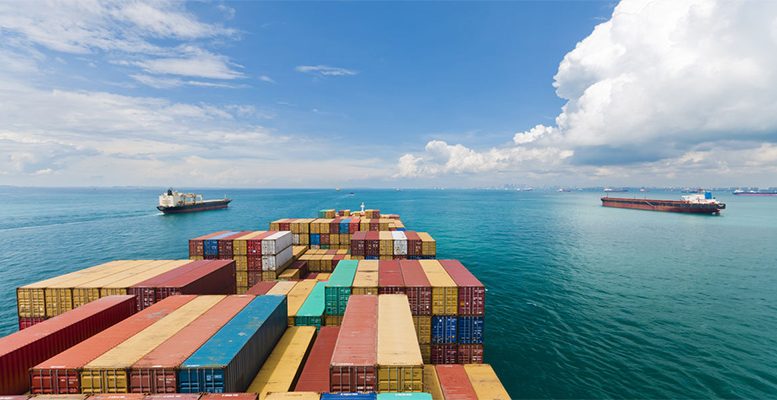There has been talk for some time about the impact of commercial tensions. But it is clear that palpable consequences remain in the future. Above all when the maintenance of a positive inertia in the global economy could lead to a situation where world trade increases further before starting to worsen.This could result from bringing forward the production and transportation of certain goods to avoid the imposition of new tariffs. The positive trend in US consumption would make it unlikely that this increased productions would end up in inventories.
According to data from the Netherlands Institute CPB, the performance of world trade over the last year has been abnormally positive, growing 4% from the slump in October 2017 to January 2018. Extrapolating those figures over 12 months would imply an annual growth of 15.5% in world trade. It was logical to expect a certain reversion to the normal as this situation coincided with the moderation in European growth reinforced by specific issues like bad weather and flu outbreaks in some countries.
These issues impacted on activity and, as a consequence, influenced trade, although from our perspective we are more interested in the latter. The data for intra-European trade at the beginning of the year described a “V”, coinciding with the downturn in February and March when the cold snap and snow affected European activity and, especially, transport, key for trade. In fact, seasonally adjusted Eurostat data show that trade in the Eurozone was already slightly higher in April than the maximums of last December, while trade in the EU as a whole had recovered much of the lost territory. Internal trade was only 0.6% below the maximums at the end of 2017.
The previous example can be considered as something very specific within the global scene and, therefore, should be put to one side. It is more interesting to review when the different tariffs took form. It is clear that, until 6 July, we have seen a drip of measures which have affected specific sectors. On 8 March President Donald Trump signed the imposition of tariffs on the import of steel and aluminium, even if their application to key commercial partners like Mexico, Canada and the EU was suspended until 1 June. Thus the first major protectionist blow has not fallen until July.
The orders given by Trump to initiate the process towards the imposition of 10% tariffs on an additional 200 Chinese imports would strengthen the possibility above. Thus the first point to look at to know whether the trade shock is already affecting the economy is different: companies’ investment plans. If trade uncertainty gathers strength, surely companies will be the first to make contingency plans, including rethinking their investments. This will be the main point to follow, even if in countries like the US the situation will have to deteriorate significantly before it affects investment. For example, the latest ISM manufacturing survey called attention to the delivery times by providers reaching its second highest reading since April 1979, which shows the bottle necks in the US economy. In other words, in the short term, the situation will require UD companies to invest more.
In the middle of all the trade battles of the US against the rest of the world, we need to think about another possible scenario: collaboration among the other countries. Unlike other trade conflicts in the recent past, China is taking a more conciliatory attitude, although it is also true that, given the importance of the US, it cannot approach the conflict with the same belligerence as the shocks with Japan or South Korea. Nevertheless China’s strategy is very effective in offering advantages to the companies of countries collaborating with the Asian giant, making clear that access to the major market of the future is also in play.





